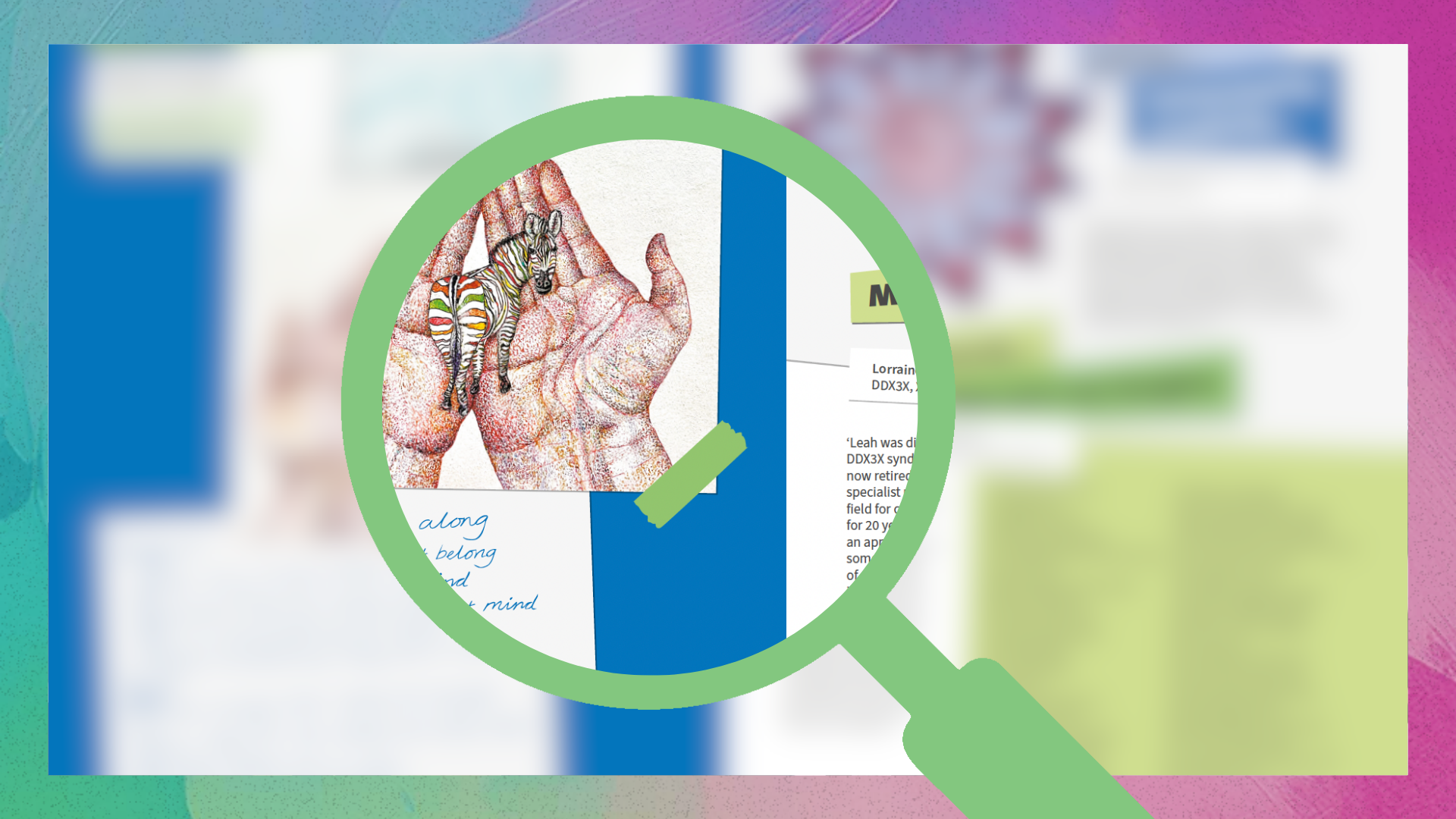If you would like support with Poland syndrome, you can learn more from Genetic Alliance UK’s member organisation, Poland Syndrome UK (PIP UK)

More dance partners than you can imagine
This is Alan’s short story which was submitted to ‘More than you can imagine: an anthology of rare experiences‘, created for Rare Disease Day 2025. It discusses experiences of living with Poland syndrome.
Terry was strolling through the back streets of Rome arm-in-arm with his wife heading back to their hotel in the early hours of a spring morning. The local bars were still lively and revelers spilled out into the fresh air. He was exhausted and exhilarated in equal measure because that evening he had more dance partners than you can imagine! They had been at a weekend event organised by Roma Balboa in the packed mirrored and gilded ballrooms of the Palazo Brancaccio in the center of Rome. The live band played swing jazz music which gave everyone an extra energy lift compared with pre-recorded material. His tired mind drifted back to his different dancing experience over 50 years earlier.
He and his mates Davie, Rollie and Maca were going to a ceilidh dance at the local church youth club, more in desperation than anticipation. They were 16 and attended an all-boys school near Liverpool, home of that new musical sensation the Beatles. It was the swinging 60s and the only swinging they were doing was in the local playground. They needed to meet some girls, somehow.
There were about 30 teenagers in the church hall, most of them girls – this could be their lucky night! They knew some of them that lived in their neighbourhood, but quite a few were unknown, mysterious and attractive. The caller organised everyone into two lines and they walked through the first dance, which involved holding hands with several different partners – physical contact! The music started but the dancing quickly became a vehicle for laughter and hilarity as most of the dancers were going in all the wrong directions. Terry noticed that he was getting a few strange looks from the girls, who had clocked that he had a short arm and just two fingers on his left hand, before they took a gentle hold. ‘Change partners’ was called and a new girl stood in front of him, she took one look, refused to hold his hand and walked off the dance floor – the music stopped abruptly.
Fortunately the predominant popular dance styles of the next 40 years did not involve holding hands and he bopped around at discos and in clubs with everyone else. That changed one new year’s day when he and his wife resolved to start dancing as a physical exercise, which was apparently also good for building new brain cells and reducing the risk of dementia. They tried ballroom for a while without any great fulfillment and flirted briefly with salsa and Argentine tango. A couple in the next village started teaching lindy-hop, famously danced by American soldiers stationed in the UK in the 1940s. The music was a mixture of swing jazz and big-band numbers, the dance was improvised, energetic, fun and they were hooked. A few years later they discovered another swing dance called Balboa which was danced to the same, fast swing music as lindy-hop but chest-to-chest, similar to a ballroom hold but more relaxed.
The swing dance scene in the 21st century has an egalitarian approach and any form of discrimination is not acceptable. Everyone dances with everyone else, young or old, tall or short, and not just the person they came with. Nevertheless, Terry was cautious about offering his diminutive and malformed hand to a total stranger and always wore a short-sleeved shirt to ensure that no-one got a sudden surprise. He had discovered late in life that his small hand and missing pectoral muscle on the left side of his chest was the result of a rare disease known as Poland Syndrome, named after Dr Poland who first described it.
He and his wife had arrived at the Palazo mid-evening and danced a couple of tunes together before looking around for other potential dance partners. Terry found three women from Glasgow who he knew and had a couple of dances with them. The ballroom was filling up quickly and he noted that women far out-numbered the men, which often happens at dances. He caught the eye of the woman standing next to him, she smiled so he invited her to dance. The tune finished and he thanked her – immediately there was another woman standing in front of him asking to dance. After several more dances one after the other he dived off the floor to find his glass of beer and had barely taken a sip when he was asked for yet another dance. This continued for the rest of the evening and was the cause of his exhaustion. But yes, it was also exhilarating having queues of women wanting to dance with him and nobody refused to hold his hand. Why hadn’t he discovered swing dancing when he was 16?
As they walked his wife was complaining about the gender imbalance during the evening and that every time she had looked for Terry to have a dance, he was dancing with someone else…

